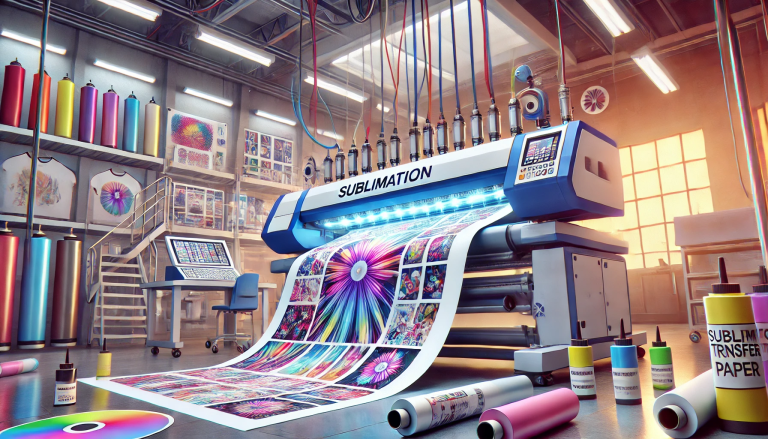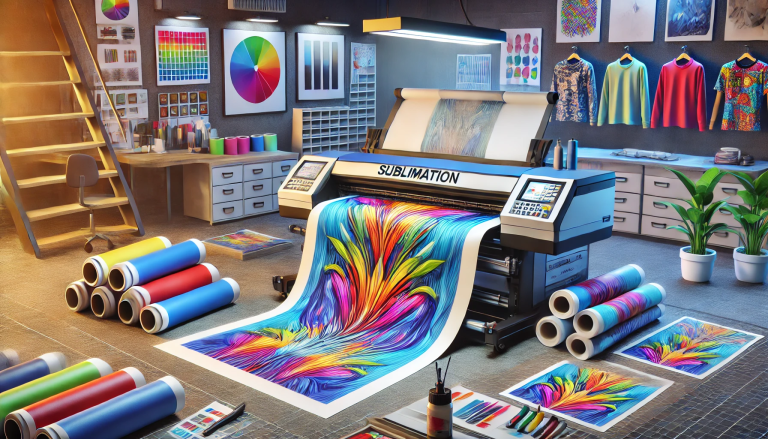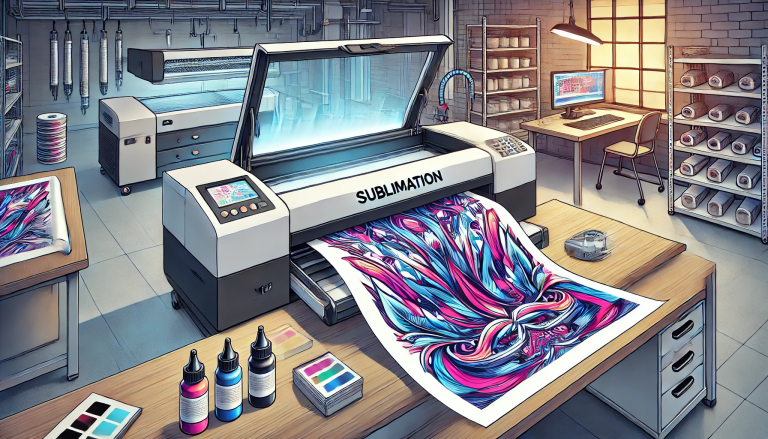Sublimation printing is a popular technique for transferring designs onto various materials, including fabrics, ceramics, and metals. This process involves converting a solid directly to a gas without passing through the liquid stage, allowing for vibrant, full-color images to be embedded onto the substrate. However, there are times when the sublimation process does not work as expected, and the transfer does not occur properly. This article explores the common reasons why sublimation transfers may fail, preventative measures, and troubleshooting tips to ensure successful outcomes.
Common Reasons for Transfer Failure
1. Incorrect Material: Sublimation requires substrates that are either polyester-coated or have a high polyester content. Natural fibers like cotton do not accept sublimation ink, resulting in a failed transfer or a very faded image.
2. Incorrect Temperature and Time: The sublimation process is highly dependent on temperature and time. Too low a temperature or too short a pressing time can lead to incomplete transfer, while too high a temperature or too long a pressing time can burn the substrate or cause the ink to bleed.
3. Poor Quality Sublimation Ink or Paper: The quality of sublimation ink and paper plays a significant role in the transfer quality. Low-quality inks may not transfer well, and poor-quality papers can absorb ink unevenly, leading to patchy results.
4. Printer Issues: Using an incorrect type of printer or having clogged print heads can result in poor-quality prints that do not transfer well onto the substrate.
5. Incorrect Pressure: The heat press must apply even and sufficient pressure to ensure the sublimation ink vaporizes and permeates the substrate evenly. Insufficient or uneven pressure can lead to poor transfer quality.
Preventative Measures
1. Material Selection: Always use substrates specifically designed for sublimation printing. Ensure fabrics are high in polyester content for the best results.
2. Optimal Temperature and Time: Follow the recommended temperature and time settings provided by the substrate and ink manufacturers. This often ranges between 380°F to 400°F (193°C to 204°C) and 40 to 60 seconds for fabrics.
3. Quality Supplies: Invest in high-quality sublimation inks and papers. This investment pays off in the long run through consistent, vibrant, and durable transfers.
4. Printer Maintenance: Regularly maintain your printer, ensuring that the print heads are clean and the printer settings are optimized for sublimation printing.
5. Proper Pressure: Use a reliable heat press and ensure it is calibrated to apply even pressure across the substrate.
Troubleshooting Tips
1. Test Prints: Before running a large batch, perform test prints on small pieces of the substrate. This allows you to adjust settings without wasting materials.
2. Heat Press Calibration: Regularly check your heat press to ensure it is reaching the set temperatures evenly across its plates.
3. Review Ink and Paper: If problems persist, test your ink and paper on a different substrate to determine if they are the cause of the issue.
4. Printer Settings: Double-check your printer settings, including the paper type and print quality. Ensure they are set correctly for sublimation printing.
5. Seek Advice: If you cannot resolve the issue, seek advice from other sublimation printers or consult online forums. The sublimation community is often willing to help troubleshoot and share solutions.
In conclusion, while sublimation printing offers the potential for stunning, vibrant prints, the process requires attention to detail and understanding of the variables involved. By recognizing the common causes of transfer failure, implementing preventative measures, and applying troubleshooting tips, you can significantly increase the chances of successful sublimation transfers. Whether you are a hobbyist or a professional, mastering these aspects of sublimation printing will lead to high-quality, satisfying results.




